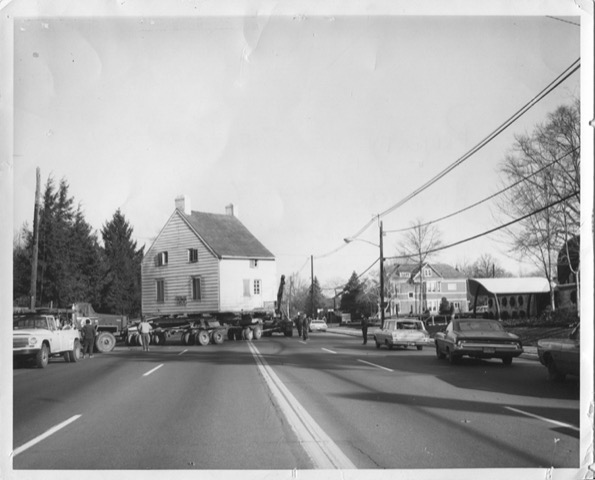
Happenings in Rahway
Submitted by Al Shipley, City Historian and Rahway Library Research Consultant
1921
The Conservative Christian movement had much influence on the ethical attitudes of society in 1921 and moral issues were front page news throughout the year. Theaters showing moving pictures or staging live vaudeville shows were condemned by the Rahway Federation of Churches for offering material they considered risqué. The Federation demanded that the theaters present shows of higher standards minus the “lurid and suggestive portrayal of crime and immorality” and even appealed to the State Legislature for a state-wide censorship of theaters showing “improper sex pictures.” The Church Federation also campaigned to stop Rahway’s two theaters, the Empire and the Lyric, from offering shows on Sundays.
Theater presentations were not the only concerns of the Federation. They vocally opposed a professional boxing match between Jack Dempsey and Georges Carpentier scheduled to be held in Jersey City. They asserted that boxing “exerted a brutalizing influence upon the youth, lowered moral standards, and advertised our state as a patron of brutal exhibitions.” They also decried the behavior of young adults regarding their “improper dress, joy riding, painted faces, improper dancing, vulgar talk, reading material and movies.”
The city spent much of the year trying to solve a problem with the water system and spent many months studying the water supply, the operation of the filtration system, and the cause of possible pollution. Engineers from Memphis, Tennessee were hired to investigate the problem and recommend solutions.
Ten red oak trees were planted at Riverside Park (Veterans Field) as a memorial to the Rahway boys who made the Supreme Sacrifice during World War I. The trees were planted along the west side of the park from the baseball grandstand to the driveway entrance at the top of the hill.
1946
An Emergency Housing Committee was formed to study the housing needs of veterans returning after World War II. By the end of the year, over seventy units were promised to the city through a Federal Housing program.
The Board of Education raised the annual minimum salary for teachers from $1,500 to $1,800. The Board also pledged to give preference to veterans who were seeking teaching positions when qualifications were similar.
A Rahway family was selected as the “Average American Family” from a survey of over 35 million homes from across the United States. The survey, conducted by the English magazine,Illustrated, chose the family of Mr. and Mrs. William Gettler and their two daughters and featured them in a four-page story to give their British readers a good picture of American life.
Downtown businesses were booming after the war and there was much debate between the Police Commission and business owners over traffic flow (one-way or two-way) and parking space alignment (parallel or angle) on Main and Irving Streets. In June, parking meters were installed in the downtown shopping area for the first time.
The Community Christmas Tree was lighted on Tuesday, December 17 marking the start of extended holiday shopping hours. In 1946, the holiday tree was located at Firemen’s Park, the triangular green space at Campbell, Cherry, and Broad Streets.
1971
The year saw the start of two large building projects and plans for major additions and/or renovations to be made on public buildings. A request for the subdivision of the fourteen-acre Searles estate, located on St. Georges Avenue between Hamilton Street and Stone Street, was granted at the August meeting of City Council. Fifty-one, one-family homes would be built on the site. Plans were also approved for two twelve-story apartment buildings to be constructed on lower Main Street near East Hazelwood Avenue. The buildings would contain 288 units.
The Rahway Train Station would be reconstructed at a cost of $560,000. The modern station would replace the old passenger station, an impressive brick and terra cotta structure built in 1913.
The Rahway Savings Institution (RSI) broke ground for its first major addition. Plans called for a unified facade design addition that would include a drive-in facility, nine teller windows, and more office space.
Ground was broken for a four story, five million dollar addition to the Rahway Hospital which would include a thirty-two room pediatric unit.
The Board of Education began discussions on expansion plans for the four elementary schools.
On the morning of Wednesday, December 29, the Terrill Tavern, a structure built circa 1750, was moved from the Searles property to the rear of the Merchants and Drovers Tavern Museum.
